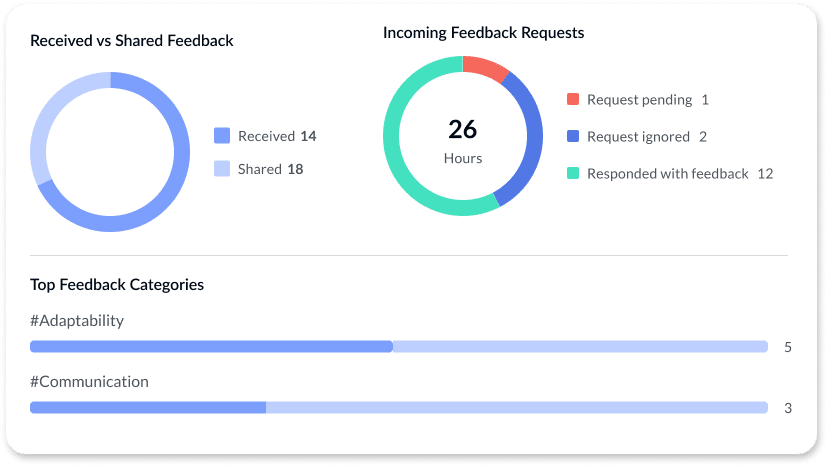Get thorough insights for individual and team development using our 360 feedback software to promote transparency and growth.
- Agentic AI
-
Products
Elevate
PerformanceEnable
DevelopmentInnovative
Enhancements - Industries
-
Resources
Product
ResourcesLearning
ResourcesOther
ResourcesFeatured
Resources - Pricing
- Pricing












